
Stay Clean on Kilimanjaro: Showers, Wipes & Hygiene
Table of Contents Hygiene on Mount Kilimanjaro: Showers, Water, and Staying Fresh While Trekking Maintaining good hygiene during your Mount Kilimanjaro trek is essential for
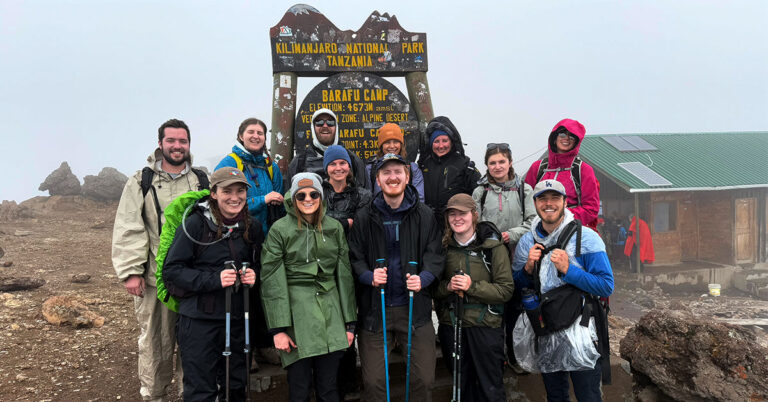
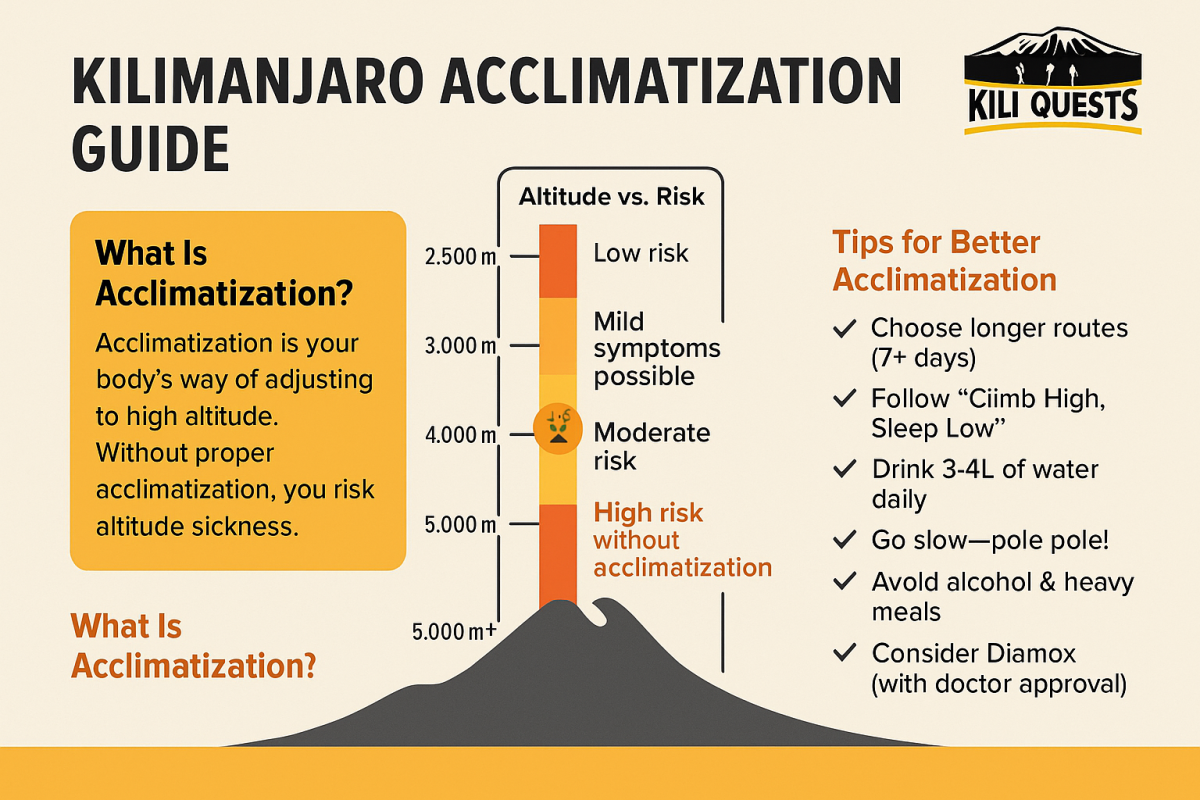
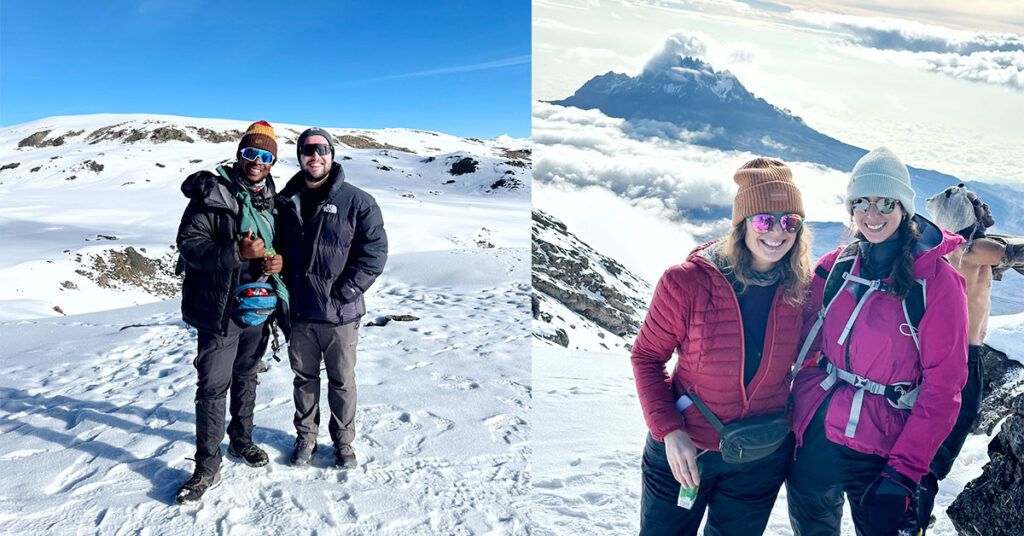
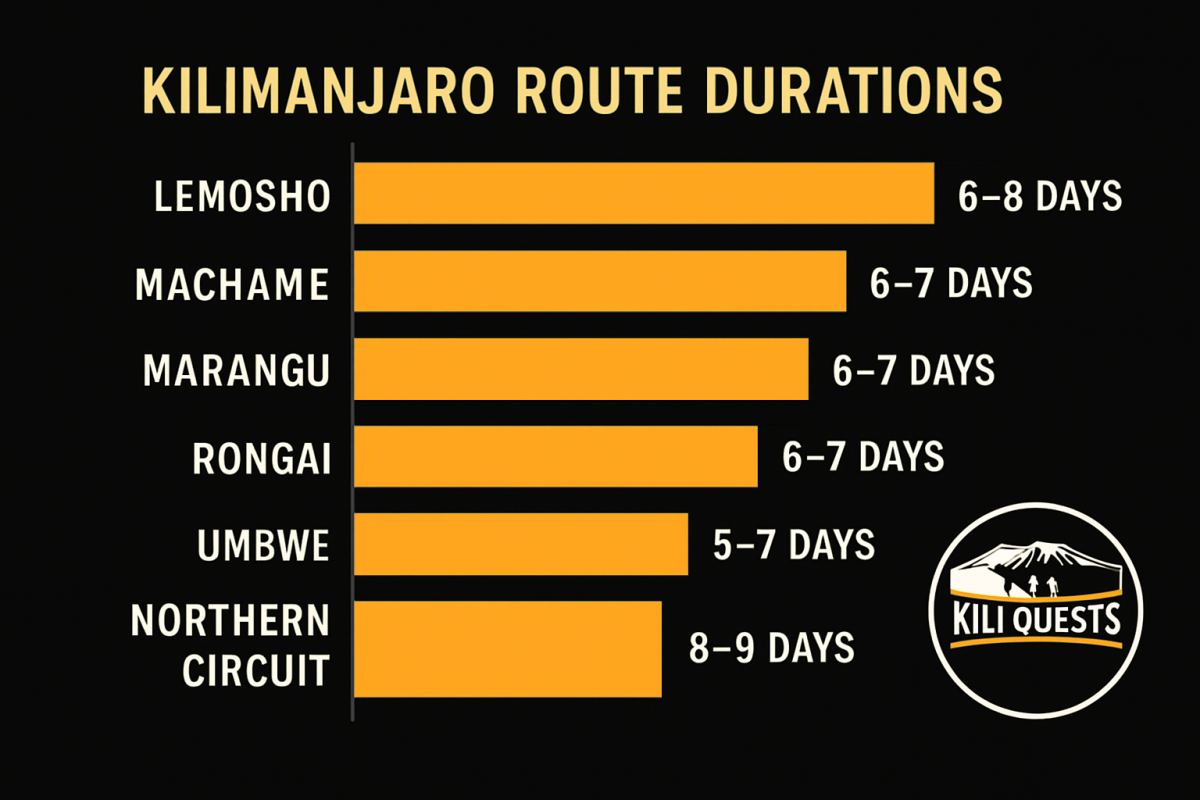

Table of Contents Hygiene on Mount Kilimanjaro: Showers, Water, and Staying Fresh While Trekking Maintaining good hygiene during your Mount Kilimanjaro trek is essential for
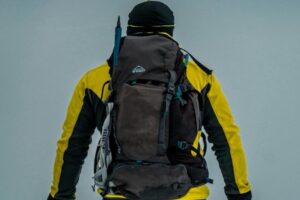
Table of Contents Ready for the Challenge? Book Your Kilimanjaro Climb with Kili Quests Today and Choose Your Ideal Route Mount Kilimanjaro, Africa’s highest
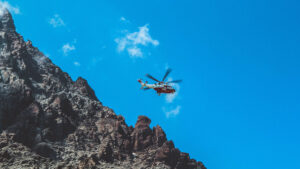
Table of Contents The Best Medical Insurance for Kilimanjaro Treks: What You Need to Know for Emergencies | Kili Quests Climbing Mount Kilimanjaro is